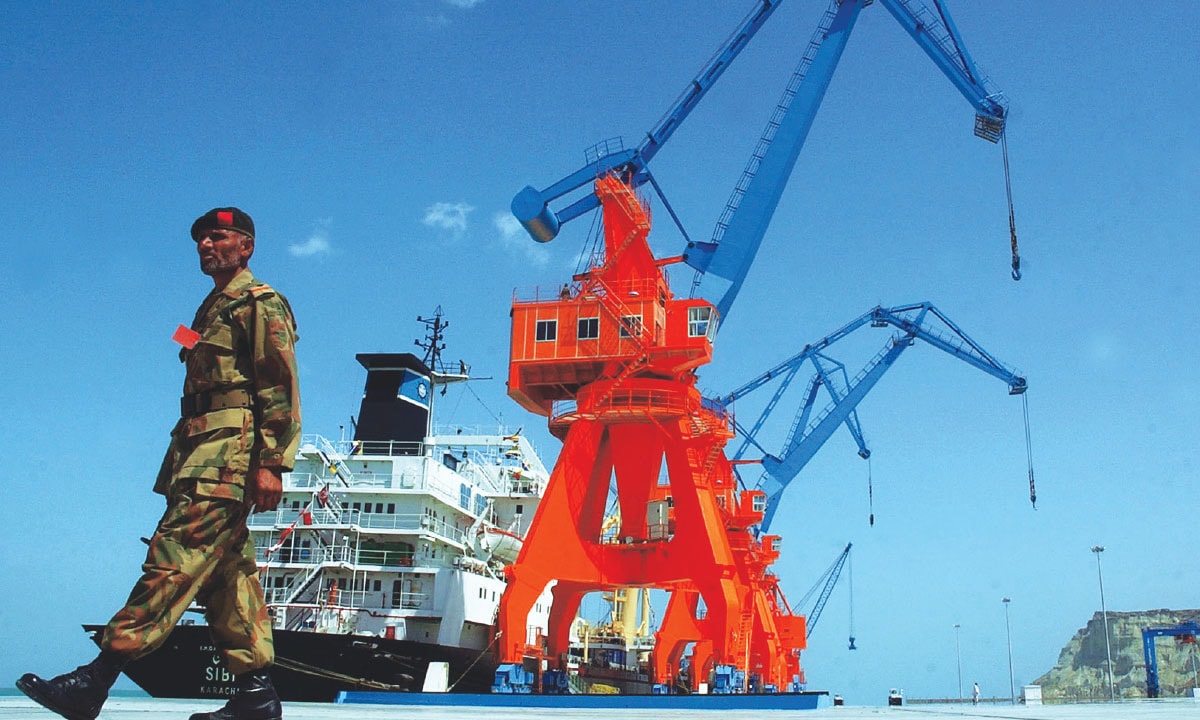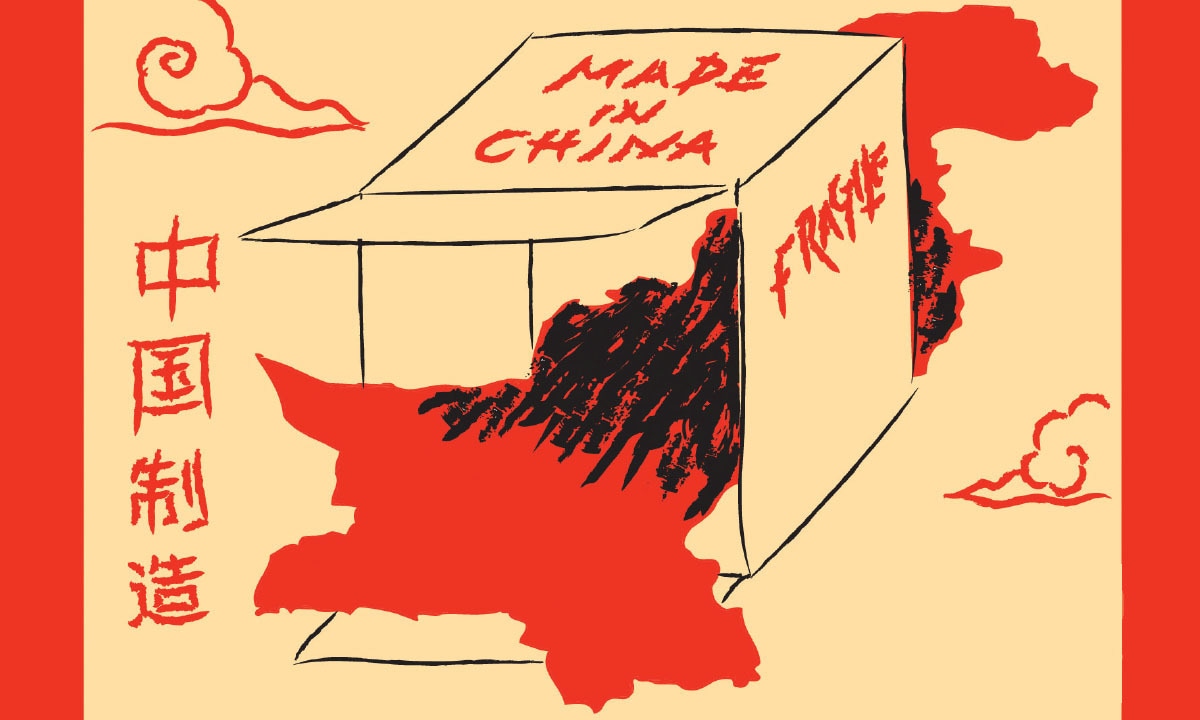Well.wisher
SENIOR MEMBER

- Joined
- Oct 19, 2016
- Messages
- 2,977
- Reaction score
- 1
- Country
- Location
You have a point buddy,and salute for optimism,Chinese investment is not FDI,but loan at very high rate of interest,you have to make this project successful to repay the loan and not chinese,otherwise you will fall in same trap as of Srilanka.
Bro, worry about your country . . ; )
Cpec will have a very long future , in this project china and pakistan have common benefits and harms so with time loan's issue will also be solved wisely . It's good to do something rather than nothing .
Cpec has attracted europe , afghanistan, iran , Turkey and more are expected .
Don't know why but indians seems to be active advisors when it comes to Pakistan economy.









